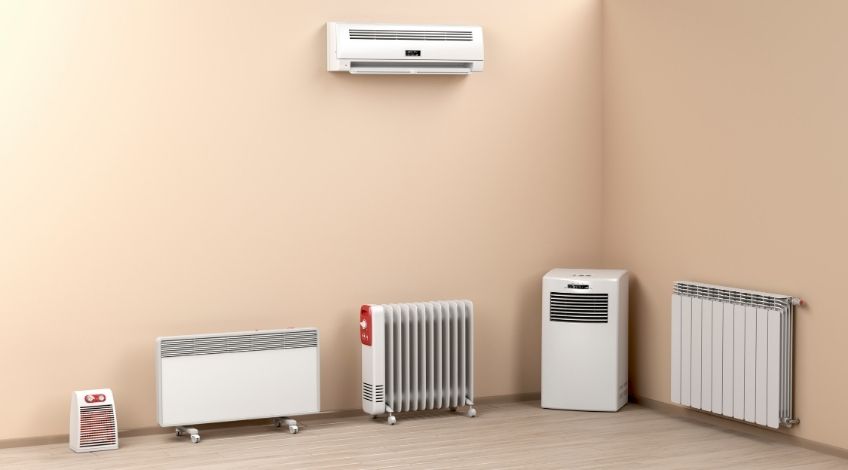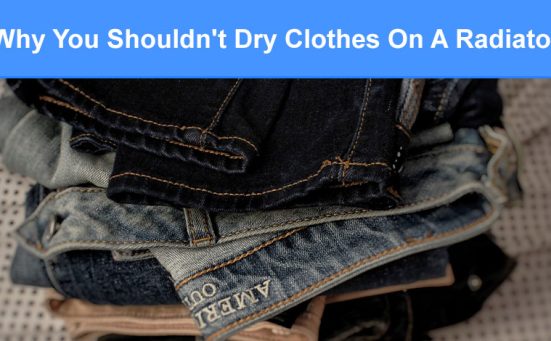
How Much Water Is In A Radiator? (all types explained)
If you’ve ever wondered how much water is in your radiators, keep reading. Because in this article we look at the water content of all kinds of central heating radiators. There are several designs of radiators available and all of them work using the same basic principle.
Radiators in general, don’t keep water in them, the water passes through them
How Do Central Heating Radiators Work?
Your hot water boiler heats up the water which is then sent along the pipes towards your radiators. The radiator holds onto some of the water, some of which turns into steam. The rest is recirculated back through the return pipes to the boiler where the process starts again.
Some of the steam which reaches your cold radiator condenses into water which means there is always some water left inside the radiator. The reason some radiators get cold spots is due to a build up of steam, blocking the flow of hot water through the radiator.
Which is why radiators have bleed valves at the top to allow that excess steam out from the radiator to make space for the hot water to circulate.
How Much Water Does A Radiator Hold?

Now we’ve explained in basic terms how a radiator works, you’ll begin to see why the answer to this question isn’t so easy to answer. We can’t give you an absolute answer, but what we can do is give a close approximation of how much water various types of radiator needs to achieve a kW of heat output.
If you really want to know exactly how much water your radiators hold, you could bleed the valve until all of the water has finished and measure it. However, this would not be completely accurate as the radiator might not have been full when you started.
Also you should never attempt to bleed a radiator when the heating is on. The radiators should be cold before you bleed them. When the heating is on, the radiators contain hot water, which could cause scalding if you try to bleed them hot.
Let’s look at different types of radiators and their water capacity to give you a better understanding of the subject.
Amount Of Water Held In A Radiator By Type
| Radiator Type | Water Per KW Of Heat Output |
|---|---|
| Fan Coil Radiator | 8 litres Per KW Heat Output |
| Steel Panel Radiator | 11 litres Per KW Heat Output |
| Cast Iron Radiator | 14 litres Per KW Heat Output |
| Heating Convectors & Baseboards (not radiators) | 6 litres Per KW Heat Output |
| Radiant Floor Heating (not radiators) | 23 litres Per KW Heat Output |
As can be seen there are different forms of heating and each has a different water level required to operate as it should. If you were starting from scratch and you wanted to use the least amount of water possible, baseboard heating would be your best choice. However baseboard heating costs more to operate than other types of heating.
Aluminium Radiators
Aluminium radiators are the new kids on the block. They have only been around for a short while and are quite expensive to install. However, it has been estimated that they require around 50% of the water needed in a single steel panel, single fin radiator with the same output.
How Much Water Does A Domestic Radiator Hold?
Typically, a domestic 1000 x 600 radiator can hold 6 litres of water, though this does depend on the design.
Frequently Asked Questions
A radiator is not always full of water, the hot water travels into the radiator, passes through it and leaves as cool water to be returned to the boiler and reheated.
The amount of water required to produce a KW of heat output depends on the type of radiator. For example, steel panel radiators have around 11 litres/KW, cast iron radiators have around 14 litres/KW, and fan coil radiators have around 8 litres/KW.
The type of radiator which uses the least amount of water is an aluminium radiator. Which uses around 50% of the water required for a single steel panel, single fin radiator.
Also, follow us on Pinterest ...



